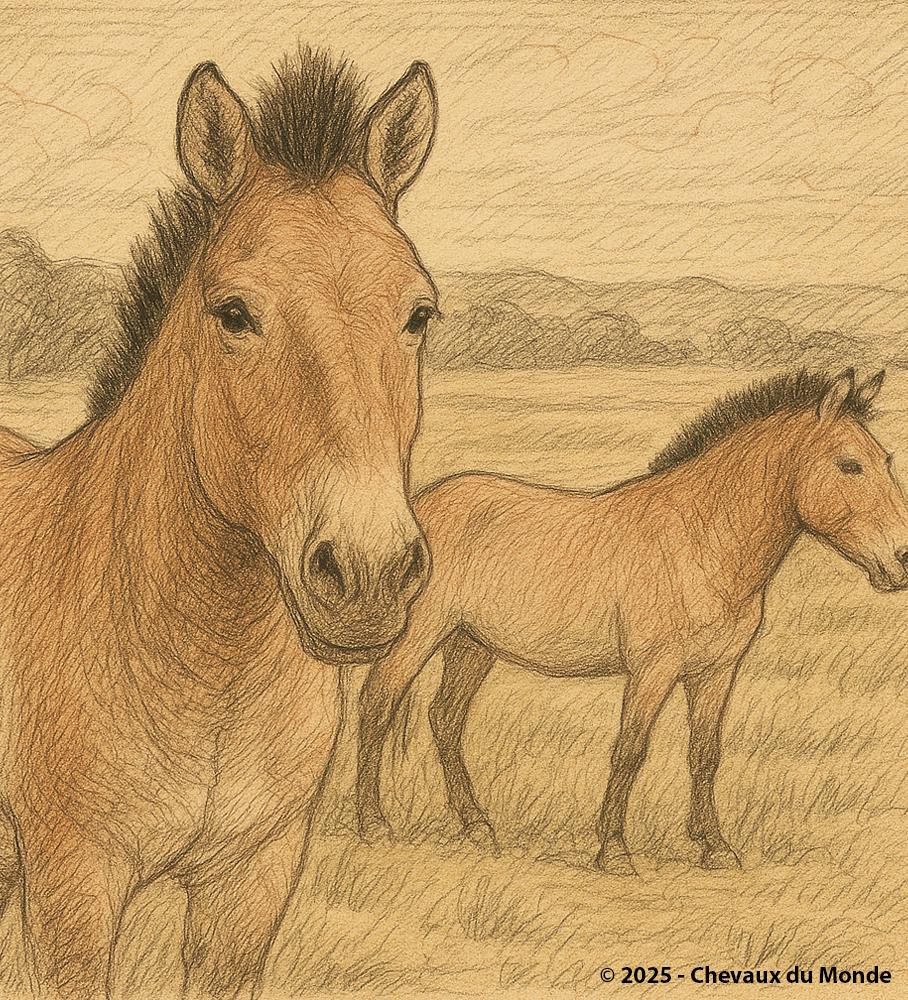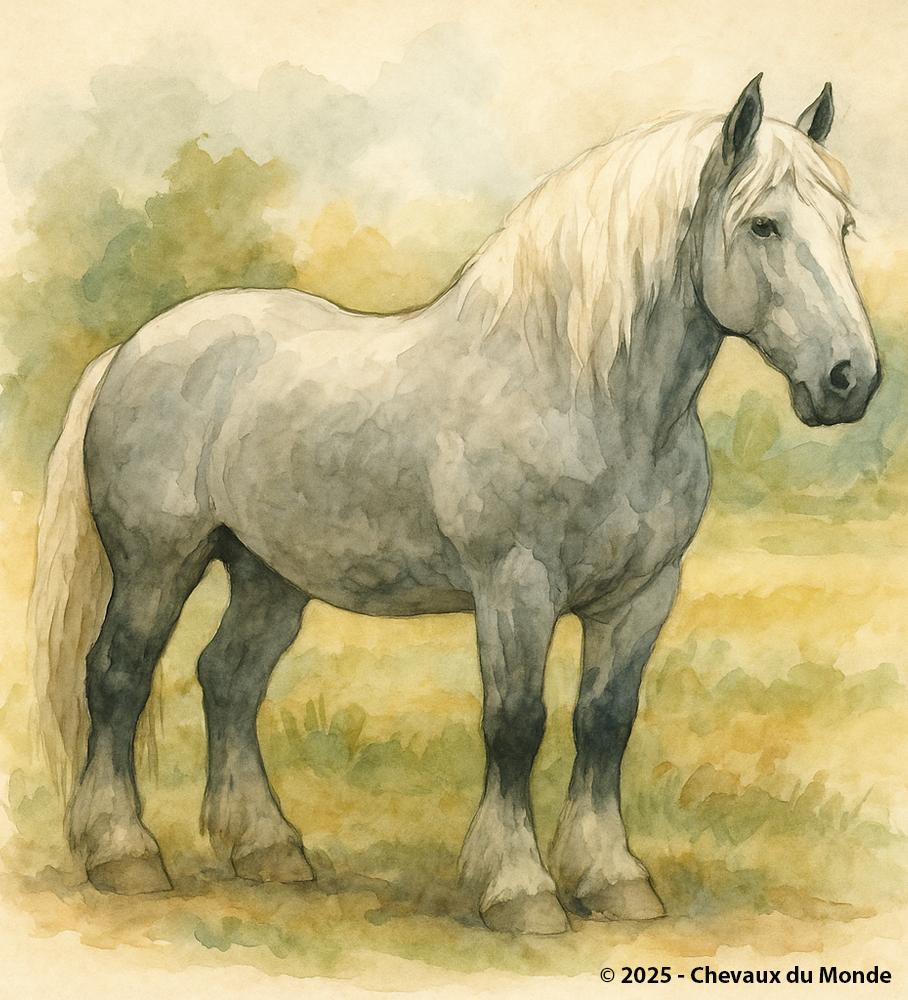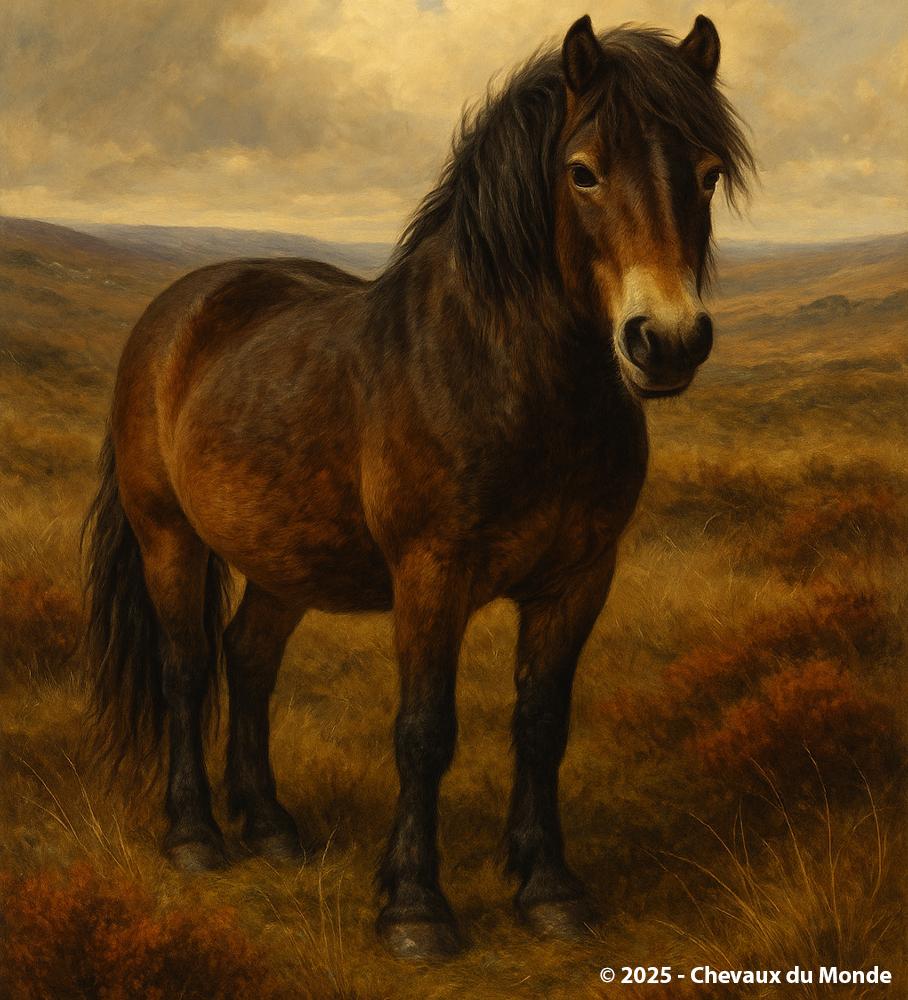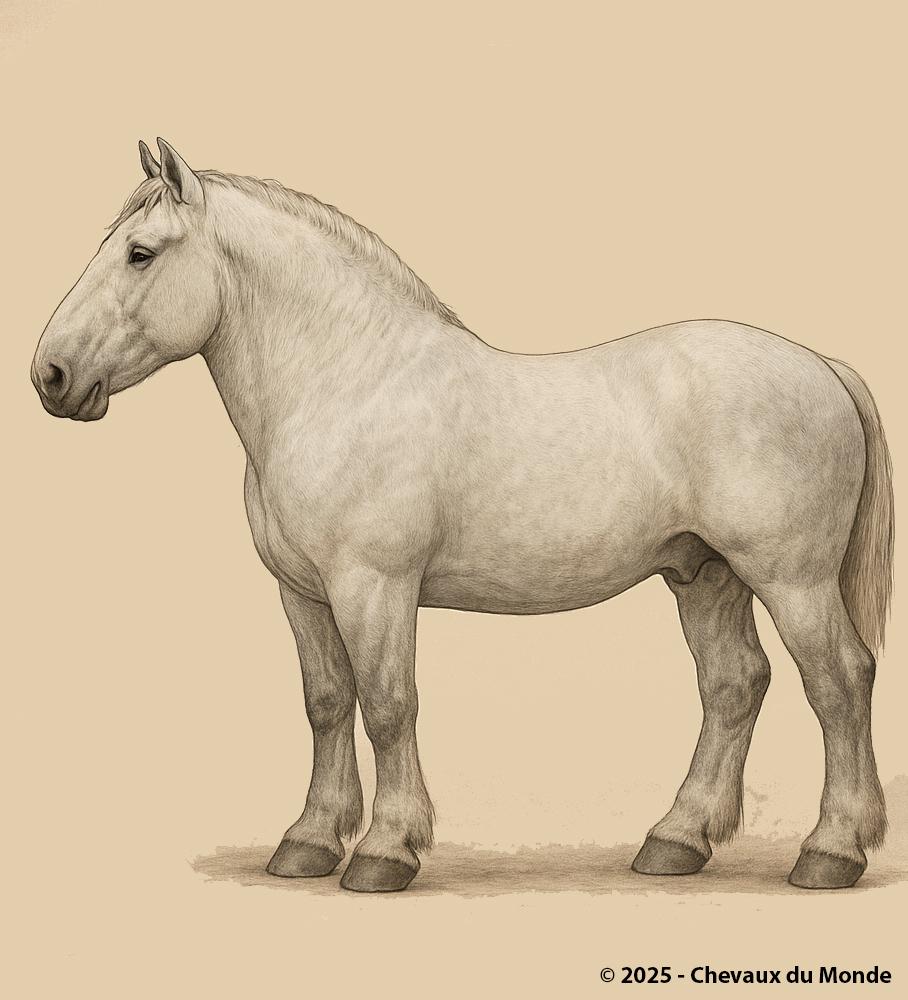THE ROLE OF ZOOS AND WILDLIFE PARKS IN SAVING THE WILD HORSE

Saving the wild: wildlife reserves are key to the survival of Przewalski’s horse, the last true wild horse species on Earth.
A Natural Heritage in Danger
Wild horses, such as the Przewalski’s horse (Equus ferus przewalskii), represent the last living witnesses of truly wild equine populations. This horse, native to the steppes of Central Asia, came close to extinction in the mid-20th century.
By the 1960s, only a few individuals remained in captivity in European zoos, and the species had completely disappeared from its natural habitat.
Zoos as Genetic Sanctuaries
Zoos and wildlife parks have played a decisive role in the genetic conservation of this species. Thanks to coordinated programs such as the EEP (European Endangered species Programme), every breeding is carefully monitored to prevent inbreeding and preserve genetic diversity.
- Registers called stud-books record each individual and its ancestry.
- Exchanges of animals between institutions help build viable populations.
- Births are planned to ensure balance between lineages.
Without these efforts, the Przewalski’s horse would most likely have disappeared forever.
Reintroduction Programs
Since the 1990s, several reintroduction programs have been launched, notably in Mongolia in the Khustain Nuruu and Takhiin Tal reserves, as well as in China and Kazakhstan.
These projects are made possible through:
- semi-wild breeding in large European parks (national parks, wildlife reserves),
- rigorous genetic selection before each transfer,
- international collaboration between zoos, NGOs, and governments.
Today, more than 2,000 Przewalski’s horses live in the wild, proving the success of these programs.
Wildlife Parks as Research and Education Laboratories
Wildlife parks are not limited to breeding: they are also centers for research and public education.
- They allow the study of social behavior and ecological adaptations of wild horses.
- They raise visitor awareness about the fragility of endangered species and the importance of habitat conservation.
- They provide financial support to field conservation projects through entry fees and partnerships.
A Model for Other Endangered Equine Breeds
The case of the Przewalski’s horse is an emblematic example of successful conservation through zoos. This model now inspires the protection of other endangered equids, such as:
- the Exmoor pony or the Eriskay pony in the United Kingdom,
- small local populations in Asia and Africa, often threatened by habitat loss or uncontrolled crossbreeding.
Limits and Perspectives
Despite these successes, certain limitations remain:
- Dependence on captivity to maintain sufficient genetic stock.
- The risk of insufficient adaptation of reintroduced individuals to natural conditions.
- Human pressures (deforestation, overgrazing, urban expansion) that continue to threaten habitats.
Future perspectives rely on:
- strengthening ecological corridors,
- increased international cooperation,
- and developing protected natural reserves in the species’ original range.
Conclusion:
Zoos and wildlife parks are not mere entertainment venues: they are true conservation actors, without which the Przewalski’s horse would be extinct today. They demonstrate that captivity, when managed responsibly and coordinated, can become an essential tool against biodiversity loss.



